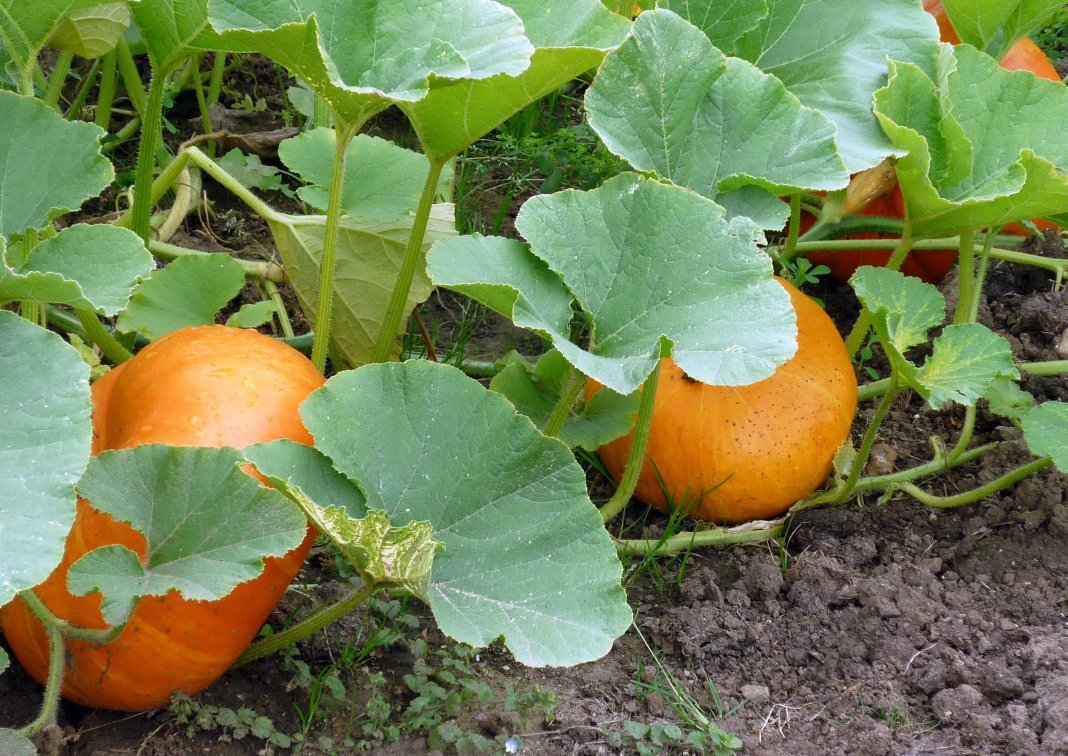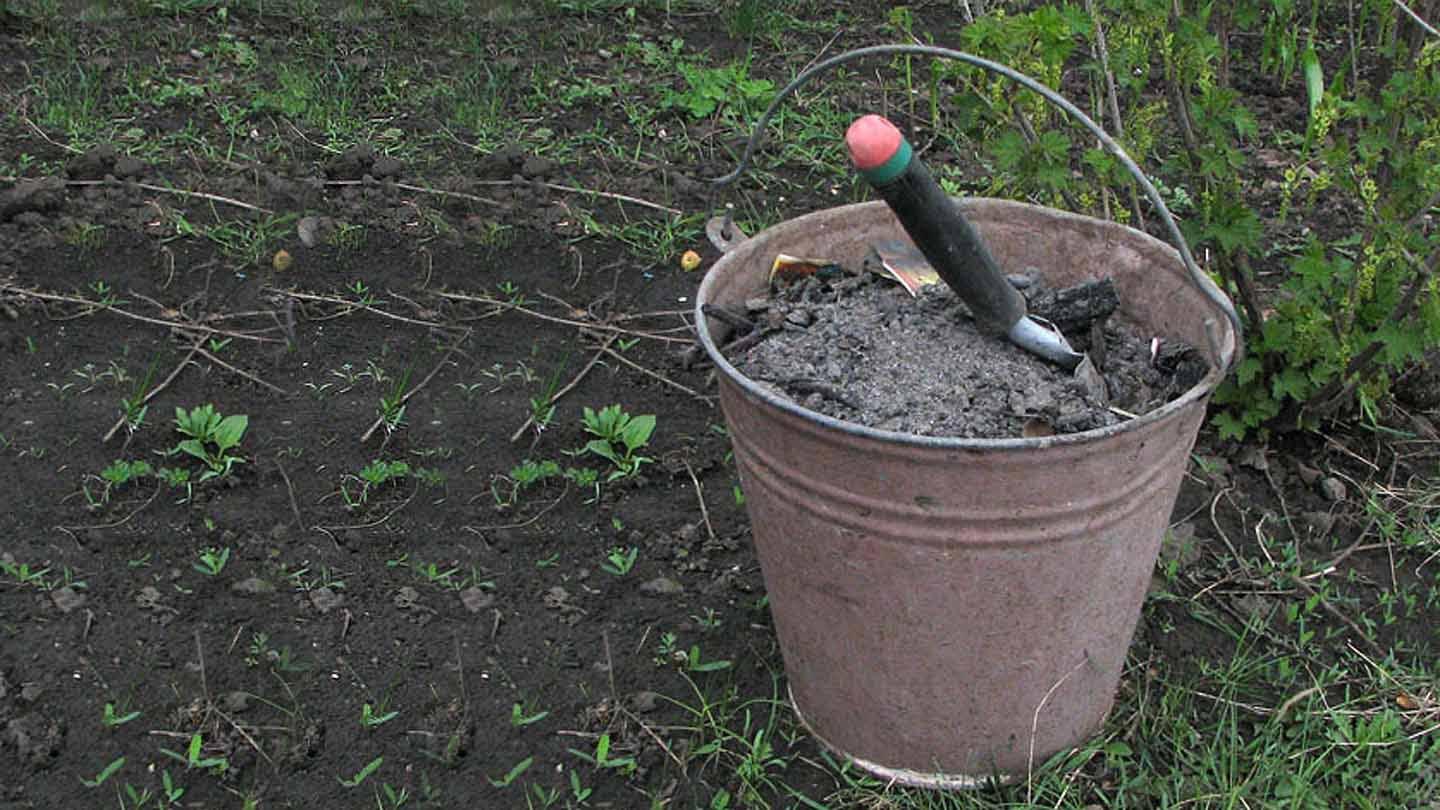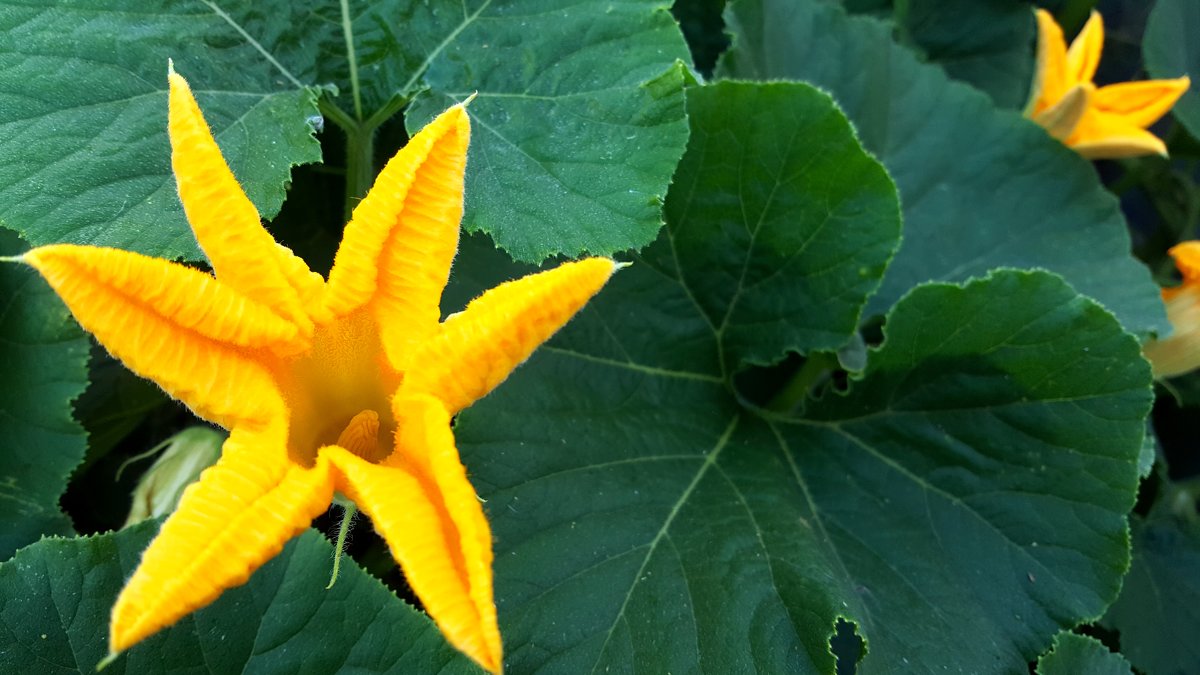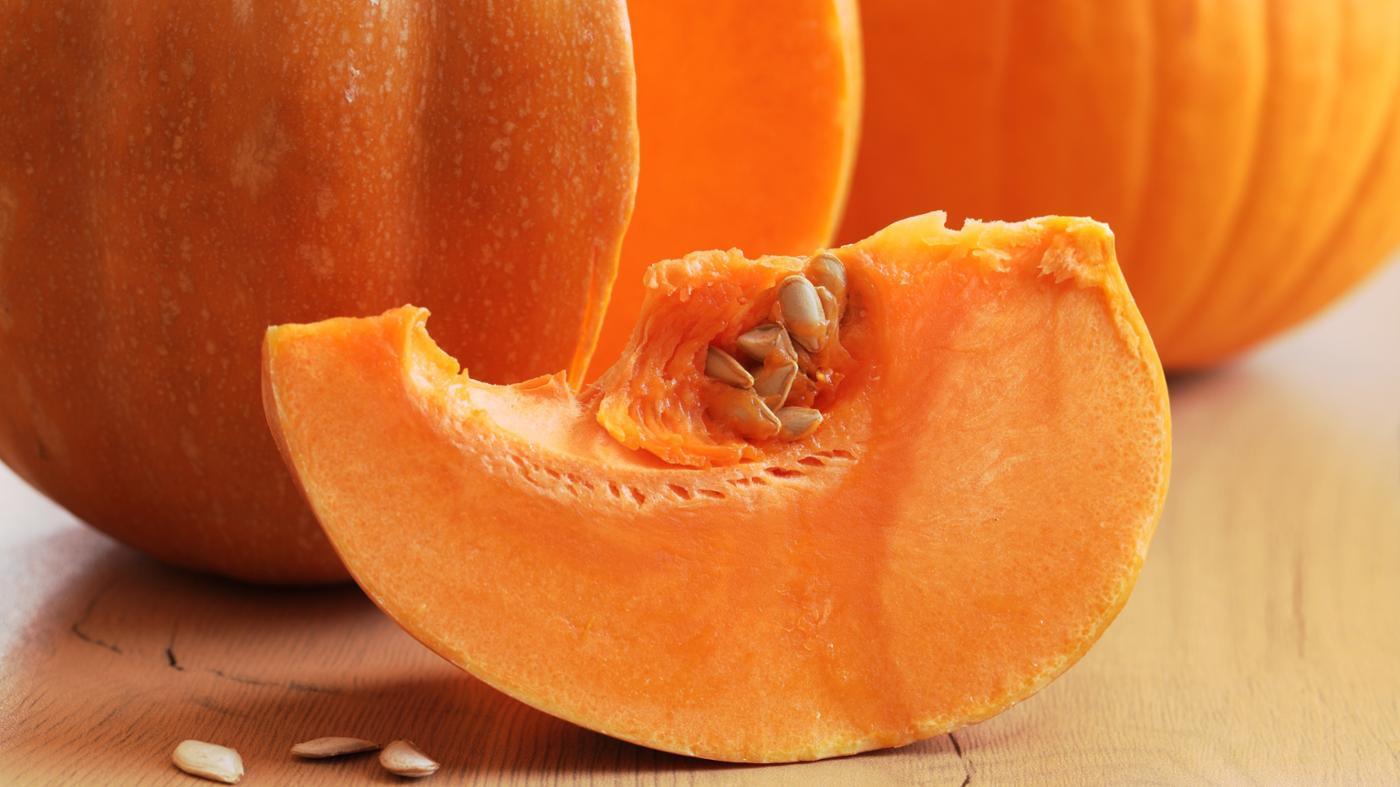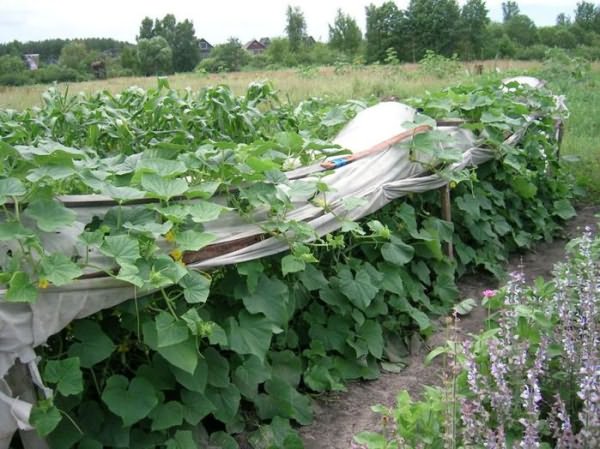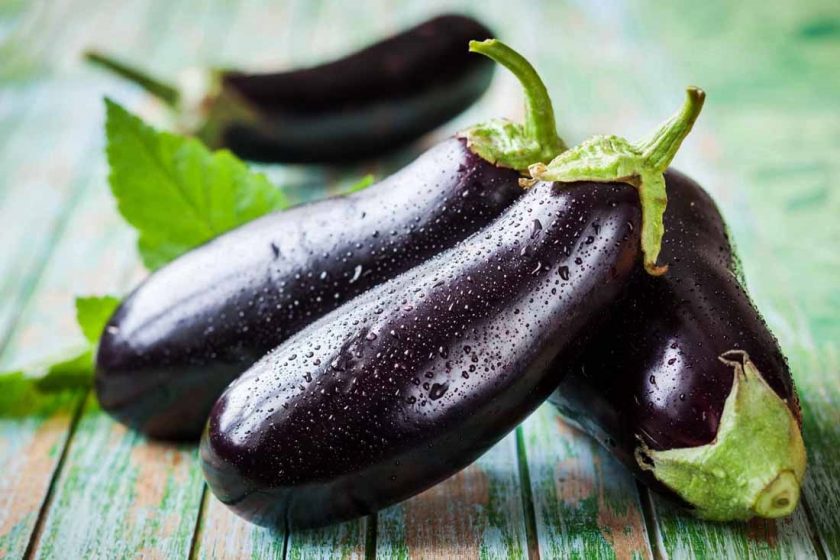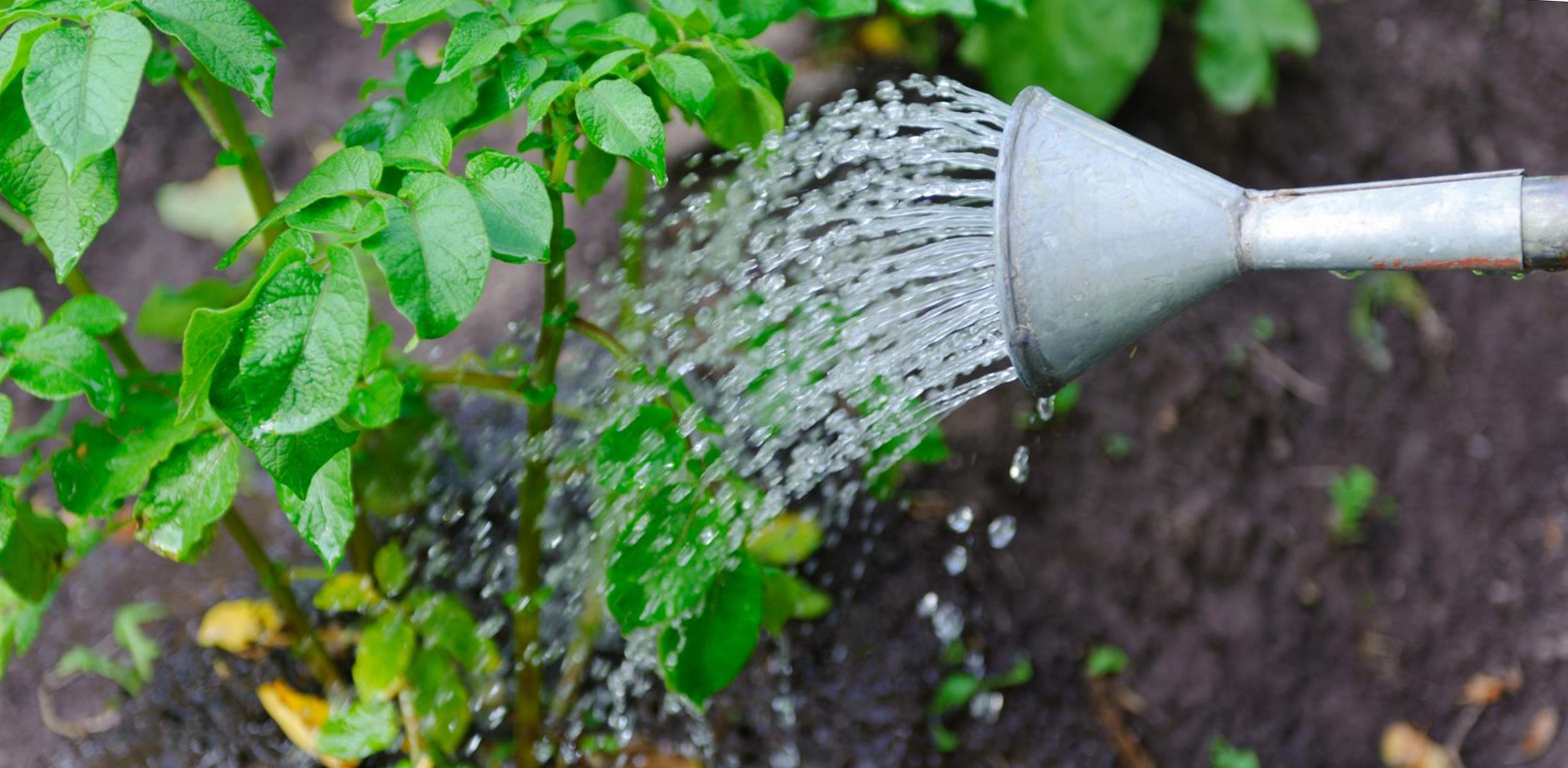Content:
Pumpkin is a rather unpretentious vegetable that does not need complex and tireless care. It consists in the correct feeding of the plant, watering and loosening the soil. It is worth figuring out how to feed the pumpkin in the open field - this will make the fruits more tasty and healthy.
Growing principles
You can plant a pumpkin in different ways - seed or seedling.
- The seed method involves sowing pumpkin seeds directly into open ground. This should be done in the spring, when the frosts recede (usually in May). However, with the early establishment of warm weather, you can sow earlier. The soil should warm up to 10 °, air - up to 13 °.
- For seedling planting, you need to sow seeds at home or in a greenhouse about a month before planting in open soil. Butternut squash is best for this method. The seeds must be placed in fertile soil. To keep the root system intact during the subsequent plant transplant, it is recommended to plant the pumpkin in peat or paper pots.
You can take boxes filled with peat and soil. Their bottom is first covered with sawdust with a layer of 2-3 centimeters.
Why fertilize pumpkin
Planting a pumpkin in fertile soil is not enough; it must be fed with fertilizers throughout the growing season. Then she will be able not only to create ovaries, but also to provide the fruits with nutrition sufficient to gain mass. Also, feeding affects the palatability of the pumpkin and the rate of its ripening in summer.
Number of dressings per season
If the site has good fertile soil, fertilizer for the pumpkin will need to be applied 3-4 times. And if the soil is poor in nutrients, the amount of fertilizing will increase up to 7-10 times in one season.
By the appearance of the plant, you can determine what substance it lacks. If the bushes grow too slowly, and the lower leaves become purple, the vegetable needs phosphorus. Falling leaves and general wilting indicate nitrogen deficiency. If the leaves turn yellow and the fruit stops growing, you need to feed the pumpkin with potassium.
With regular feeding of the plant, the fruits are formed actively, of the correct shape, and immunity to many diseases develops.
Terms of feeding
It is important to figure out not only how to fertilize the pumpkin, but also when to do it. Fertilization time depends on the planting method. When planting seeds, it is necessary to feed the bushes for the first time only after 5 leaves appear. And the subsequent fertilization is applied after the end of flowering.
For the seedling planting method, the timing and amount of fertilization varies. The first feeding is needed in the spring, 10 days after the emergence of sprouts. For this, a mixture of organic fertilizers is used, and its temperature should be about 15-20 degrees. The next feeding is carried out 7 days before transplanting the shoots into the open ground.
Then the pumpkin is fed 2 weeks after transplanting to the site. Once again, it will be necessary to feed the culture in early August or late July, as soon as the first turns appear on the plant.
Organic introduction
Organic matter must be added to the soil when planting pumpkin on the site. For quick adaptation and acceleration of plant growth, you need to put 50-100 g of wood ash in each hole.From it you need to prepare a mixture by adding 5-7 liters of water at room temperature.
During the growing season of the culture, it is also recommended to regularly feed it with a special mixture of mullein. To prepare slurry, humus is diluted in water in proportions of 1:10.
Chicken droppings work well too. These dressings must be administered with extreme care so as not to hurt the leaves of the plant. Each bush takes about 1 liter of the mixture. The pumpkin needs both manure and mineral fertilizers, which feed it perfectly.
Mineral fertilizers for pumpkin care
Mineral fertilizers are also used for the cultivation of pumpkin. It is better to alternate various dressings so that there is no excess of some substances and a lack of others.
For the first feeding with mineral substances, urea with ammophos is excellent. The mixture is prepared simply: 15 g of each mineral is poured into a bucket of water, everything is thoroughly mixed - it's done.
For the second feeding of pumpkin seedlings in the open field, other ingredients are used - superphosphate with phosphorus. To prepare the solution in a bucket of water, dilute 25-30 g of both substances. And next time the earth is fed with potassium sulfate.
Folk remedies
Experienced gardeners and vegetable growers know how to feed pumpkin seedlings. The most popular folk remedies:
- ammonia. A mixture of ammonia is often used to feed squash and pumpkin seedlings after planting. To prepare such a solution, you need to take 5 liters of water and dilute 50-70 ml of ammonia in it. The finished mixture is carefully poured under each bush of the plant;
- a good fertilizer for pumpkin seedlings when planting - yeast. To prepare a nutrient mixture, it is necessary to dilute 150 g of yeast in 10 liters of water, mix well. Then add a little ash and 120 g of sugar - this will ensure the balance of nitrogen in the soil.
Knowing how to feed pumpkin seedlings, you can increase the chances of a rich and high-quality harvest. For its rapid growth, weight gain and excellent taste, you need to understand a little about the specifics of feeding this plant.
Recommendations on how to feed pumpkin seedlings are approximate, since for each individual case they may vary slightly. This can depend on both weather conditions and the condition of the plant.

